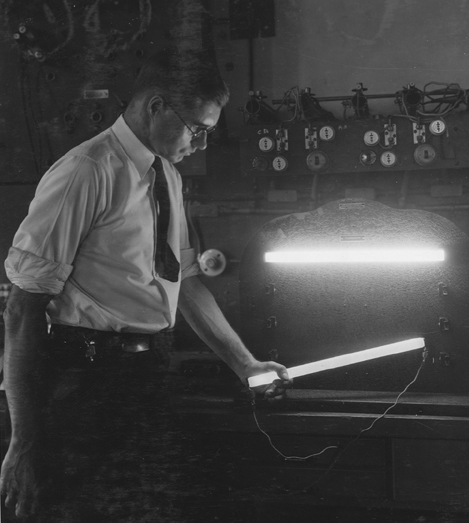









Gallery |
Estenda Solutions, Inc. Hires New Vice President of ResearchEstenda Solutions, Inc. is proud to announce the hiring of Dr. Stephanie Fonda as Vice President of Research. Building on years of collaboration, hiring Dr. Fonda greatly enhances Estenda’s ability to pursue grant funding for healthcare and medical software projects. Conshohocken, PA (PRWEB) January 08, 2014 Estenda Solutions, Inc. is proud to announce the hiring of Dr. Stephanie Fonda as Vice President of Research. Building on years of collaboration, hiring Dr. Fonda greatly enhances Estenda’s ability to pursue grant funding for healthcare and medical software projects. As a scientist, Dr. Fonda has designed research projects to develop new technologies for assisting with diabetes self and care management, including a cell phone based system for sending tips and reminders to patients with diabetes, internet-based programs for facilitating patient-provider communication, patient education, and care management, and telehealth eye care programs for screening for and promoting public awareness of diabetic retinopathy. Dr. Fonda joins Estenda’s team in addition to her role as Senior Scientist at the Diabetes Institute at Walter Reed National Military Medical Center, where she is principle investigator on several studies and provides education on research design and methods, conducts statistical analyses, and provides sample size calculations for new research proposals, among other responsibilities. “Historically, Estenda has collaborated with medical professionals and PhDs to apply for grant funding,” said RJ Kedziora, CIO/CTO and Co-founder of Estenda. “Hiring Dr. Fonda allows Estenda to pursue grant funding on our own and expand our service offerings assisting professionals in crafting their grant applications.”
Bright Idea: The Compact Fluorescent Light BulbFrom the April 2008 Conservationist By Shannon Brescher SheaSince its creation by Thomas Edison in Menlo Park, New Jersey in 1879, the light bulb has undergone a number of changes. Many of the innovations that make the incandescent bulb what it is today came out of General Electric’s laboratory in Schenectady, New York.  Dr. Gorton R. Fonda (1884-1973) scientist for General Electric Laboratory in Schenectady, NY The first major advance was crafting a tungsten filament, the wire the electricity heats to create light. When Edison first invented the bulb, he used a carbon filament which has a much shorter lifespan than tungsten. Although others attempted to make the thread out of tungsten, they found it too brittle to mold into the needed shape. However, working in the Schenectady laboratory, Dr. William Coolidge discovered how to increase the wire’s flexibility in 1909. To this day, manufacturers continue to use tungsten in incandescent lights. Dr. Irving Langmuir, another scientist in Schenectady and a Nobel Prize-winner, made two other major discoveries. A significant problem with light bulbs was that they blackened as the filament burned, decreasing the amount of light produced over time. In 1912, Langmuir realized that if you filled the bulbs with a neon-like gas, you could prevent this effect. He also developed the technique of coiling the filament, which doubled the bulb’s lifespan. In addition to incandescent bulbs, the Schenectady laboratory also played a role in the development of the compact fluorescent light bulb. Although the “spiral” fluorescent was officially invented in an Ohio General Electric laboratory by engineer Ed Hammer, Dr. Gorton Fonda** in Schenectady played a key cooperative role in its development. Unfortunately, when it was created in 1976, the company decided it would be too expensive to mass produce. Thanks to modern technology, fluorescent bulbs are now both economically and environmentally smart. Chris Hunter, Director of Archives and Collections at the Schenectady Museum & Suits-Bueche Planetarium, provided the historical background for this article.**For info on Dr. Gorton R. Fonda, see rootsweb and findagrave listings.
This is a duplicate of the listing on the fonda.org website.
|